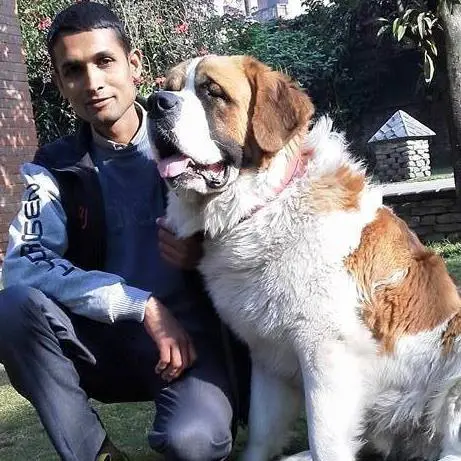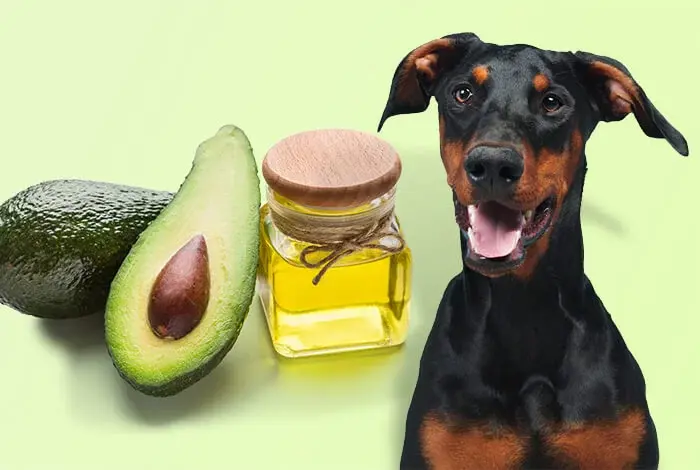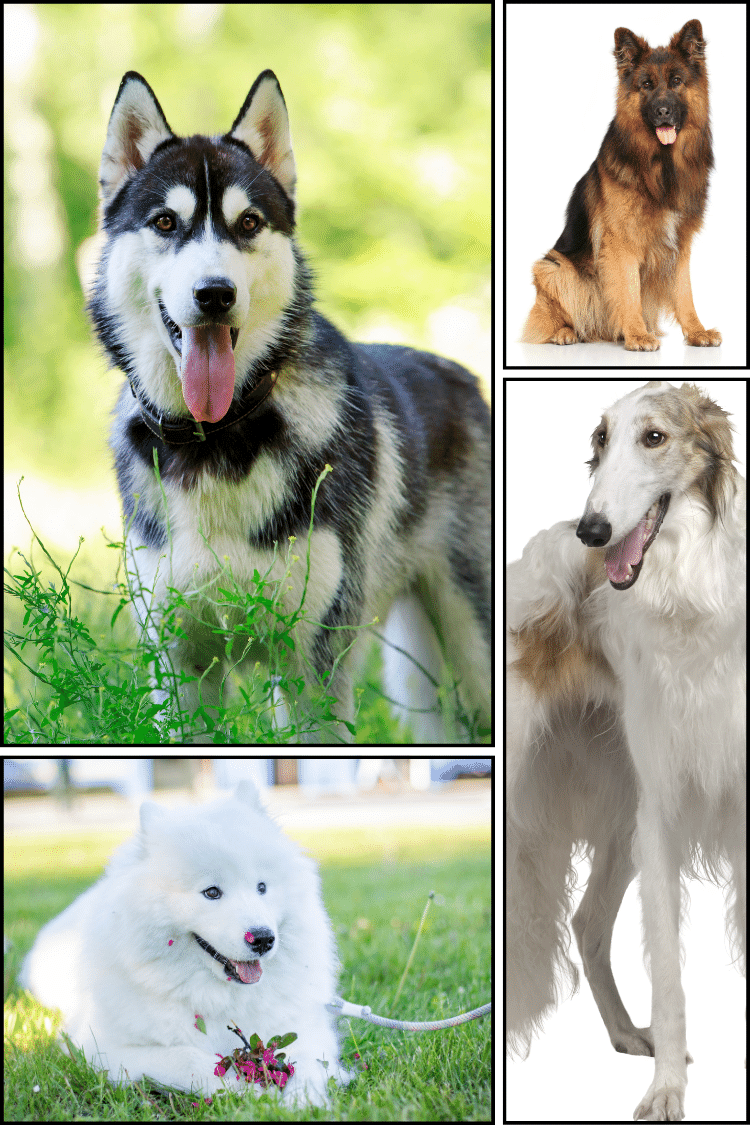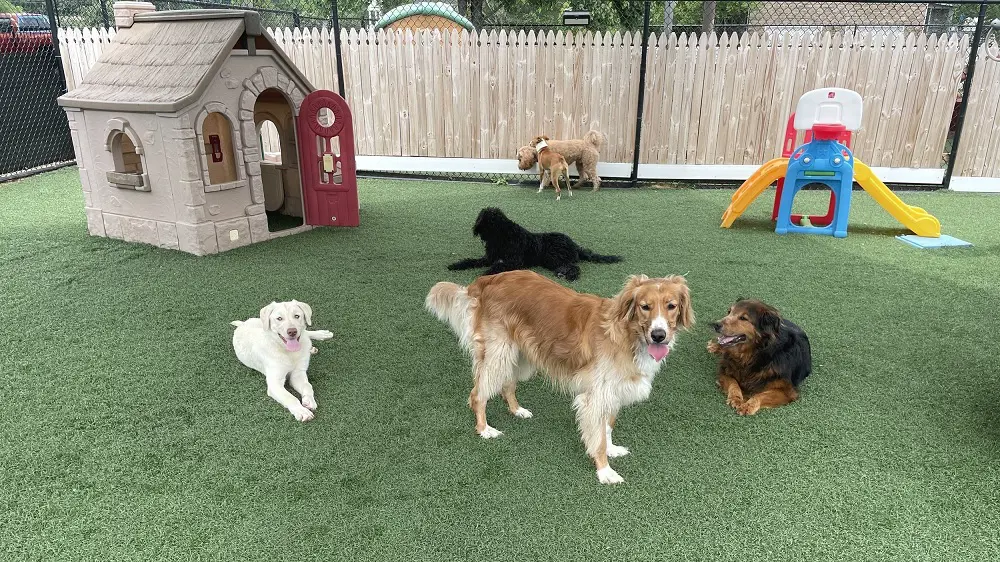How Often Should You Bathe Your Dog?
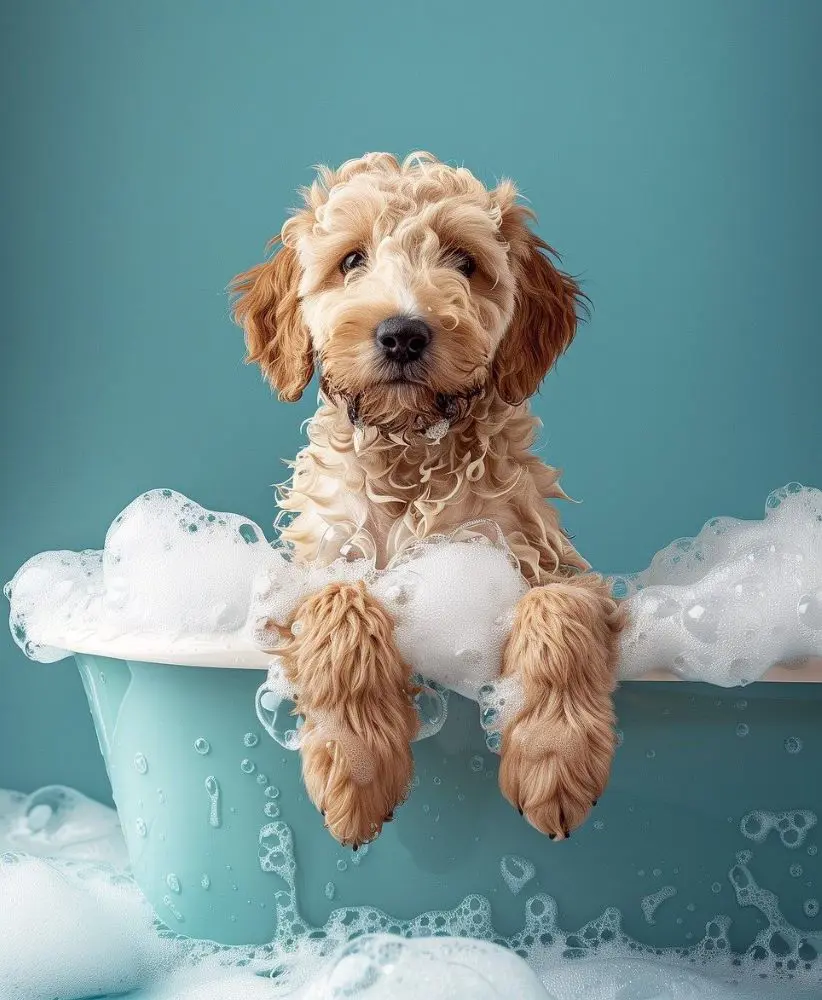
With summer heat rising, you might be tempted to give your pet dog a refreshing bath. Unfortunately, you'll have to reconsider as bathing isn't a natural and effective way of cooling down for canines.
Plan a careful bath schedule to prevent from accidentally overbathing your pet. Along with the loss of essential oils and risk of skin infections, excessive bathing can also cause the dog to fear water.
Follow this exclusive guide to learn the standard bathing routine of a dog. Also, determine the bathing frequency for different dog breeds and categories.
Why Should You Bathe Your Dog
Baths are crucial for the maintenance of the canine's health and hygiene. Regular bathing removes dirt, allergens, and parasites from a dog’s coat, reducing the risk of skin infections and diseases. Clean fur also minimizes shedding and dander, which is particularly beneficial for households with allergy sufferers.
Additionally, bathing allows checking for abnormalities such as lumps, bumps, or skin irritations that may require veterinary attention. Regular baths can also enhance the effectiveness of topical treatments for fleas and ticks by allowing the skin to be clean and free from debris.
How To Bathe Your Dog
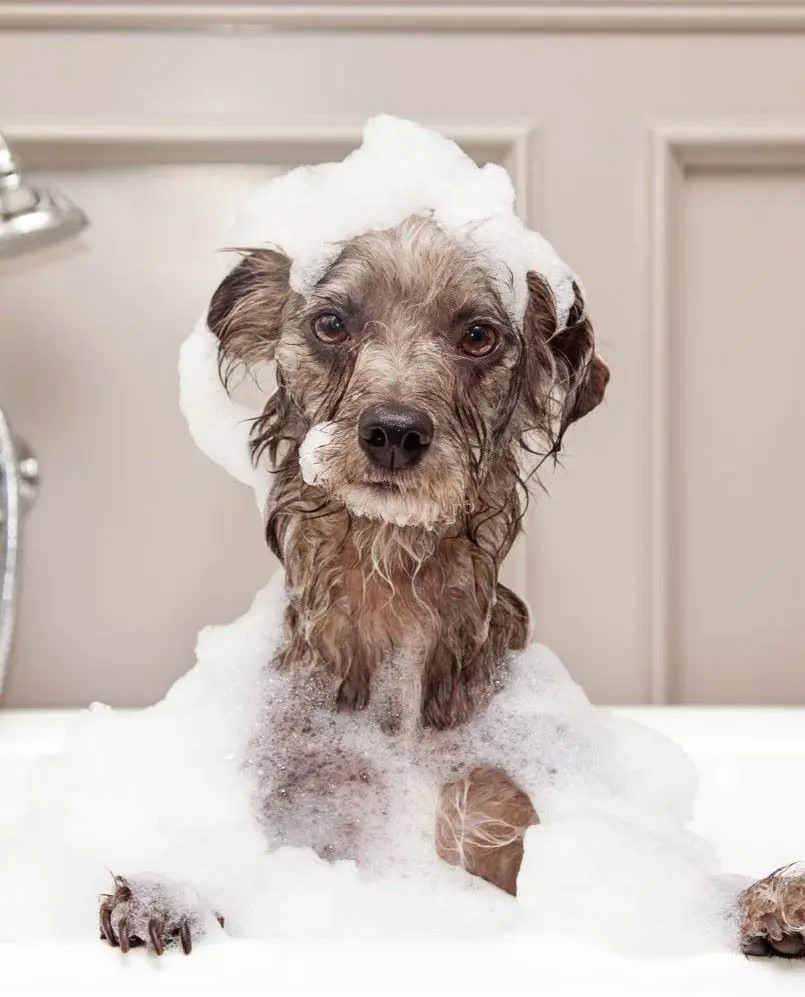
Use lukewarm water to avoid discomfort or harm to your pet. Human products such as soaps and shampoos should be avoided, as they can irritate a dog’s skin and disrupt their natural oil balance. Instead, use shampoos specifically formulated for canines designed to be gentle on their skin and coat.
Before starting the bath, gather all necessary supplies, including dog shampoo, a cup or handheld sprayer, and a towel. Brush your dog’s coat thoroughly to remove any tangles or loose fur. Also, make sure the bathing area is safe and secure, to prevent your dog from slipping or escaping.
Bathing Guide
Follow these steps if you are a beginner in the dog business:
1. Wet Your Dog Thoroughly:
Use a cup or handheld sprayer to gently wet your dog’s coat from neck to tail. Make sure the water is lukewarm. Avoid spraying water directly into your dog’s ears, eyes, or nose. This step ensures the shampoo spreads easily and lathers well.
2. Apply and Lather Shampoo:
Pour a small amount of dog shampoo into your hands and apply it to your dog’s coat. Work up a good lather, massaging the shampoo into your dog’s fur and skin. Pay extra attention to dirty areas, like the paws and belly, and be gentle to avoid causing discomfort.
3. Rinse Thoroughly:
Rinse your dog’s coat completely with lukewarm water, ensuring all shampoo is washed out. Any leftover shampoo can irritate your dog’s skin and cause dryness or itching. Use your hands to help rinse the soap from their fur and check for any residue.
4. Dry Your Dog
Use a large towel to gently pat your dog dry, removing as much water as possible. For long-haired dogs, you may need to use more than one towel. If your dog tolerates it, you can use a blow dryer in a low, cool setting, keeping it at a safe distance to avoid overheating your dog’s skin.
How Often Should You Bathe Your Dog
Bathing is a crucial part of a dog's grooming routine, although it is not performed frequently. Bathe your dog only when necessary; frequent baths can strip their skin of natural oils, leading to dryness, irritation, and an increased risk of infections. The lack of these oils can cause the coat to become brittle and dull, resulting in excessive shedding.
Required bathing frequency for dogs often depends on a series of factors, including:
- Breed of the dog
- Coat type
- Skin and Health Conditions
- Dirt and odor
- Personal Preference
Short-Haired Vs Long-Haired: How Often To Bathe Dog
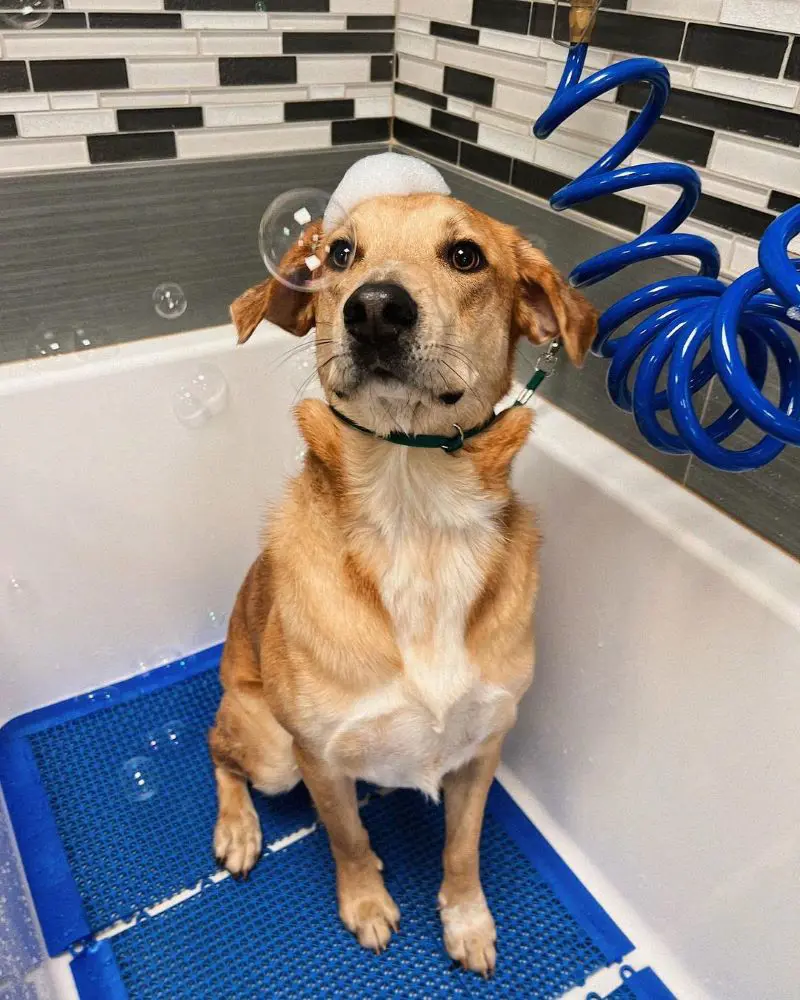
The dog's coat length significantly affects its bathing frequency. Long-haired dogs generally require more frequent baths than short-haired dogs due to their dense coats, which can trap dirt, debris, and moisture more easily. Regular baths help prevent matting and reduce the buildup of allergens in long-haired breeds.
In contrast, short-haired dogs have coats that are less prone to tangling and can often stay cleaner for longer periods. Their natural oils are more evenly distributed, which helps maintain skin and coat health.
How Often To Bathe Dog With Long Hair
Long-haired dogs normally need a bath every 4-6 weeks to prevent matting and maintain cleanliness. However, this can vary based on the dog's activity level and environment.
To determine if your dog needs an immediate bath, check for signs like odors, visible dirt or debris in their coat, and increased scratching or licking. Additionally, if the coat appears dull or greasy, it’s a good indicator that a bath is necessary.
How Often To Bathe Dog With Short Hair
Wash your pet once every 8-12 weeks as their coats do not trap dirt and debris as easily as long-haired dogs. Their shorter fur allows natural oils to distribute more evenly across the skin. Additionally, the natural shedding process in short-haired breeds helps remove dirt and dead skin cells, further reducing the need for frequent bathing.
Short-haired dogs' lower bathing requirement is due to their coat structure and oil distribution. Shorter fur minimizes the risk of matting and tangling, and their coats are less likely to hold onto dirt and moisture. This makes it easier to keep them clean with regular brushing and grooming alone.
Bathing Requirements For Different Breeds

The bathing routine for dogs varies according to their breed; Some dog breeds require more frequent bathing than others. Basset Hounds have oily skin that can develop strong odors quickly and need regular baths to stay clean. On the other hand, breeds with skin folds, like Bulldogs, need frequent baths to prevent infections in those areas.
Like the bathing frequency, the method can also vary by breed. Long-haired breeds may require thorough detangling and conditioning to maintain their coats, while dogs with sensitive skin might need hypoallergenic or medicated shampoos. Plan your bathing routine according to a dog's specific needs for optimal skin and coat health.
Breeds That Need Most Baths
If you are not a fan of bathing your dogs too often, you might want to steer away from these breeds:
1. Basset Hound
Basset Hounds have oily skin that produces a distinct odor. They necessitate frequent baths, usually every 4-6 weeks. Their low-hanging ears and droopy skin folds can trap dirt and moisture, making them prone to infections and odor buildup.
Regular bathing helps manage these issues and keeps their skin and coat healthy. Special attention should be paid to cleaning their ears and skin folds during baths to prevent infections.
2. Cocker Spaniel
Boasting long and dense coats, these spaniels should be bathed once every 4-6 weeks. Washing is a vital part of its care routine to prevent matting and skin infections as their coats can easily trap dirt, debris, and moisture. It's also essential to use conditioners to keep their fur soft and manageable, and to thoroughly dry their ears to prevent ear infections.
3. Bulldog
With their numerous skin folds, Bulldogs need baths to prevent infections. The folds can harbor moisture, dirt, and bacteria, leading to skin issues if not regularly cleaned.
Bathing also helps reduce the risk of dermatitis and other skin conditions by keeping these areas clean and dry, Special care should be taken to dry their folds thoroughly after each bath to prevent moisture buildup.
4. Poodle
Wash your Poodle once every month using a gentle shampoo and conditioner. Their dense coats also require frequent grooming
These pooches have curly coats that have specific needs to maintain their softness. Poodles also benefit from professional grooming to manage their unique coat type.
5. Yorkshire Terrier
Dog owners should thoroughly clean their Yorkshire Terriers every 15 to 30 days. It's important to use a mild shampoo and conditioner suitable for their sensitive skin. Regular brushing between baths also helps prevent tangles and keeps their coats looking their best.
Breeds That Need Least Baths
These canine breeds are considered to have the lowest bathing frequency:
1. Beagle
Beagles possess short coats that naturally repel dirt and water. They typically require a bath every 8-12 weeks unless they get particularly dirty. These dogs have natural oils in their skin that help keep their coats healthy and clean, so frequent bathing can strip these oils.
Regular brushing is important to manage shedding and keep their coat shiny. Due to their floppy ears, it's essential to check and clean their ears regularly to prevent infections.
2. Basenji
Basenjis are often referred to as “cat-like” dogs due to their grooming habits. They have short, fine coats that rarely get dirty, requiring baths only every 3-4 months.
Basenjis do not have a strong dog odor and tend to keep themselves clean. Frequent brushing with a soft bristle brush helps remove loose hairs and keeps their coat healthy.
3. Chihuahua
Whether long or short-haired, Chihuahuas should be washed only once. 8-12 weeks. Their small size and short coats make them easy to keep clean with minimal effort.
Long-haired chihuahuas may require more frequent brushing to prevent tangles, but they still need infrequent baths compared to other breeds. These tiny dogs are also prone to dry skin, so using a mild shampoo is recommended to avoid irritation.
4. Whippet
This British breed is extremely low-maintenance and requires baths only every 3-4 months. Their sleek coats do not hold onto dirt and are virtually odorless.
Whippets have sensitive skin, so it’s important to use a gentle shampoo. What's interesting about this breed is that they have very little body fat. This makes them more prone to getting cold, so baths should be quick and followed by thorough drying.
5. Greyhound
Washing a Greyhound once every 3-4 months is enough to keep their coats smooth and their body odor to a minimum. Use hypoallergenic shampoo to avoid damaging their skin.
Overbathing can strip the skin of natural oils, leading to dryness, irritation, and potential skin issues. Try brushing and spot cleaning to help maintain their coat's cleanliness without the need for frequent baths.
How Often Should You Bathe Your Dogs With Dry Skin

Dogs with dry skin are always at risk of further drying out their skin. To prevent this, it's crucial to maintain a time gap of at least 6 to 8 weeks between baths.
However, an earlier bath may be needed in scenarios where your dog becomes noticeably dirty, such as after rolling in mud or a substance that could harm their skin. In such cases, use a gentle, hypoallergenic shampoo and ensure thorough rinsing to avoid leaving any residue that could exacerbate skin dryness. After the bath, apply a moisturizing conditioner or a leave-in treatment.
Conversely, if your dog's skin appears particularly dry or flaky, you might consider delaying the bath slightly. Use moisturizing sprays or leave-in conditioners in the meantime to help hydrate their skin.
Puppy Bathing Routine
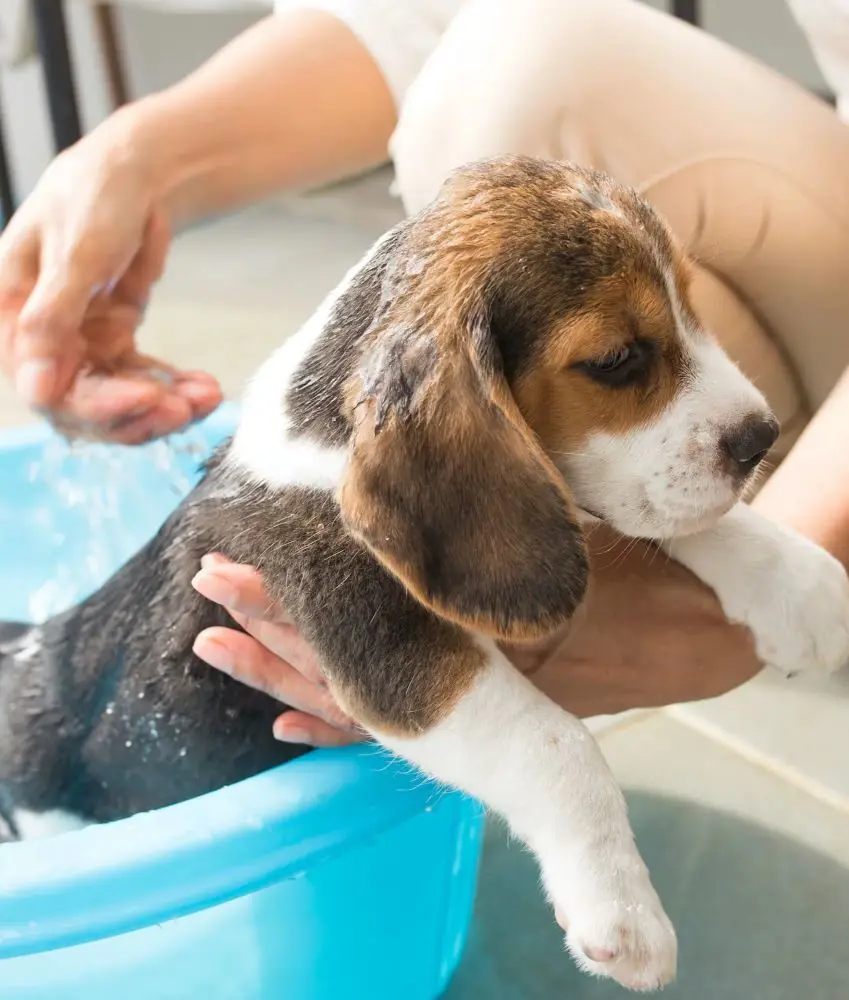
Bathe your puppy every 3-4 weeks, depending on their activity level and coat type. Establishing a regular bathing schedule is crucial for maintaining their skin and coat health, and it helps them become accustomed to the process.
Puppies that are introduced to bathing early on are less likely to develop anxiety or fear of water. This familiarity can make grooming easier and more enjoyable for both the puppy and the owner.
0-3 Months:
- Bathing Frequency: Every 4 weeks
- Use lukewarm water and maintain a draft-free bath area is draft-free to keep the puppy warm.
3-6 Months
- Bathing Frequency: Every 3-4 weeks
- Introduce gentle brushing before baths to help the puppy get used to grooming tools.
6-12 Months:
- Bathing Frequency: Every 3-4 weeks
- Gradually increase the duration of baths to help the puppy stay calm and relaxed throughout the process.
Top Lists
